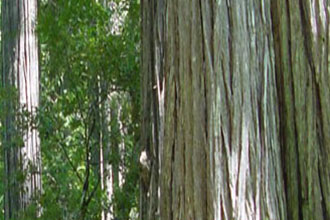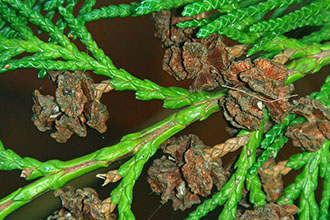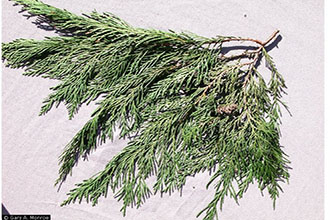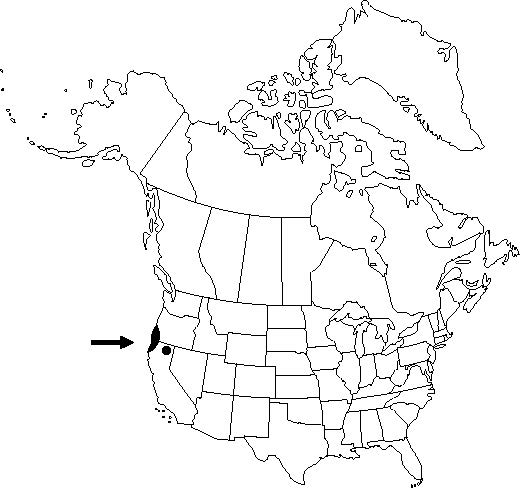Port-Orford-cedar (Chamaecyparis lawsoniana), also called Lawson cypress and Port Orford white-cedar, is known for its grace in ornamental plantings and for its versatile wood. As logs, mostly exported to Japan, it brings higher prices than almost any other conifer in the United States. This valuable tree, however, has a very limited range and an uncertain future. Management of Port-Orford-cedar has become impossible in much of its range since the introduction of a fatal root rot that is still spreading. Old-growth forests are being depleted rapidly, and the use of second-growth forests is complicated because early growth is relatively slow.
Port-Orford-cedar is tolerant of shade and of competition in natural stands. Its slow growth beyond the sapling stage results in its being overtopped, but it continues to grow and retains into old age the ability to respond after the dominants die. Port-Orford-cedar can reproduce effectively from seed after clearcutting and partial cutting (where a sufficient seed source is present) and under almost all natural forests, and it can be used for under-planting established forest or scrub. Some old-growth forest structures resulted from repeated waves of invasion, almost certainly after fires.
Port-Orford-cedar is extremely variable morphologically. Most horticultural cultivars originated as seedling mutations, produced by descendants of apparently only a few introductions to Great Britain. Some cultivars are notably more resistant to winter damage and spring frosts than are most, and some root more easily than others. (Silvics Manual)



